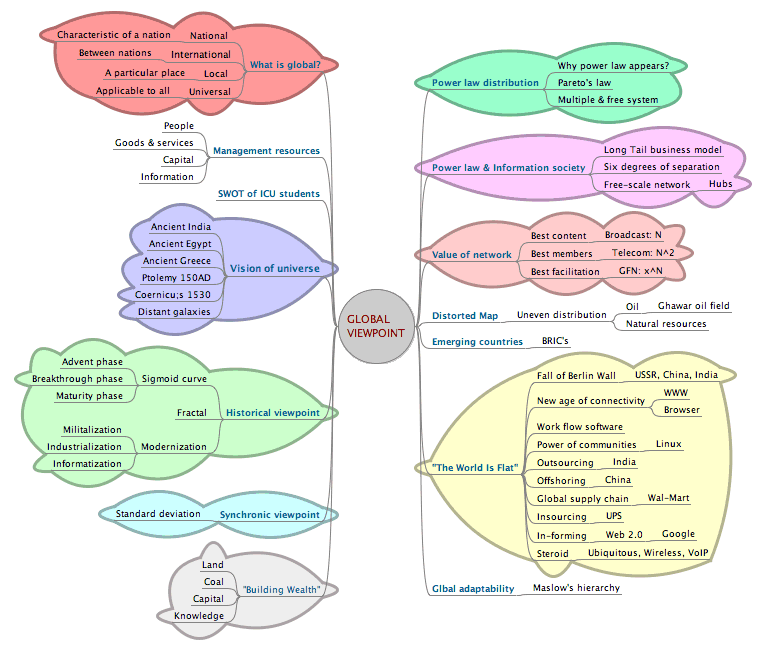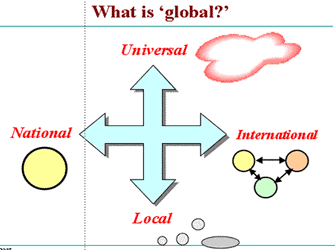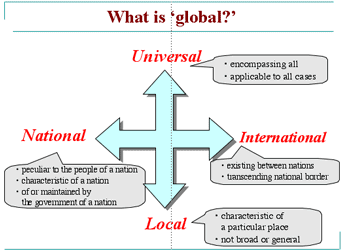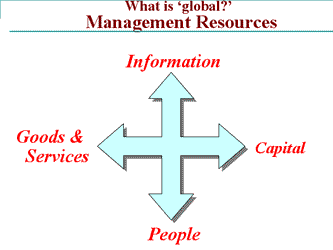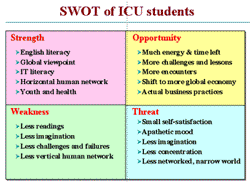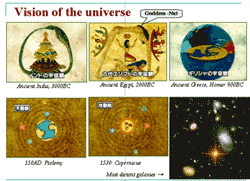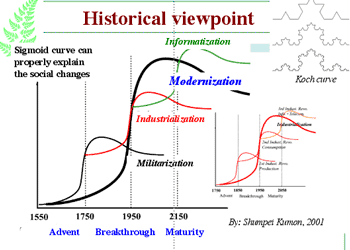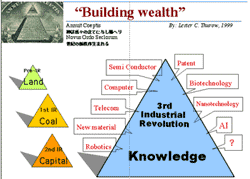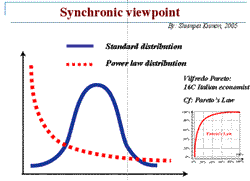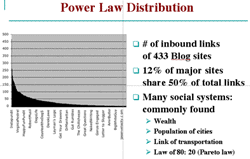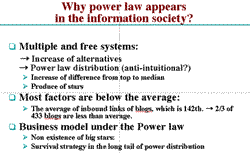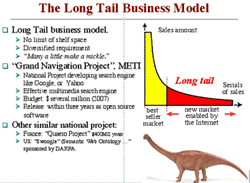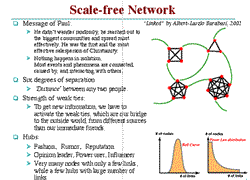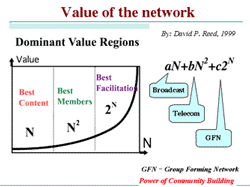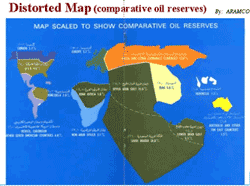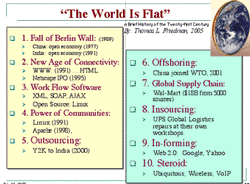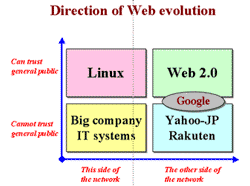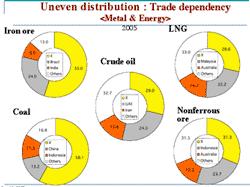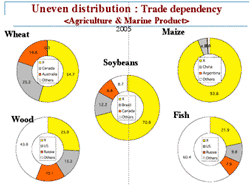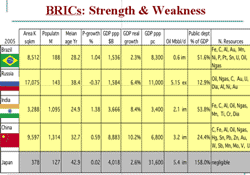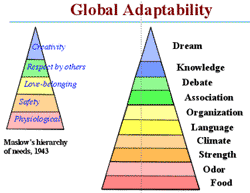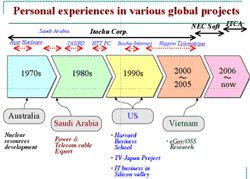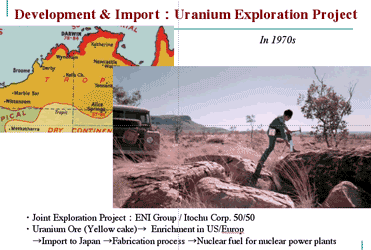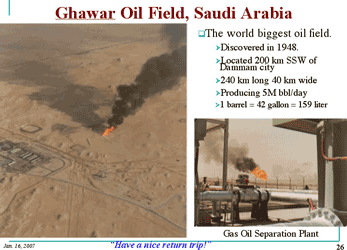 |
Presentation at ICU- Global Viewpoint in the Information Age -
|
Cat: MIS |
Kanzo Kobayashi |
12y30u/8309r |
Title |
Presentation at ICU |
ICUでのプレゼンテーション |
|---|---|---|
Index |
||
Why? |
|
|
Summary |
Remarks |
>Top 0. Mythology of Genya Nagashaki: (1927- ?) |
|
>Top 1. What is 'global'?: |
1. Chīguo fàn le ma?:
|
>Top 2. What is Global-2?: |
|
>Top 3. Management resources: |
|
>Top 4. SWOT of ICU students: |
|
>Top 5. Visions of the Universe:
|
|
>Top 6. Historical Viewpoint: |
|
>Top 7. Building Walth: |
|
>Top 8. Synchoronic Viewpoint:
|
|
>Top 9. Power Law Disribution: |
|
>Top 10. Why Power Law appears?: |
|
>Top 11. The Long Tail Business Model: |
|
>Top 12. Scale-fre Network: |
|
>Top 13. Value of Network: |
|
>Top 14. Distorted Map: |
|
>Top 15. ''The World is Flat": |
|
>Top 16. Direction of Web Evolution: |
|
>Top 17. Unveven Distribution: |
|
>Top 18. BRIC: |
|
>Top 19. Global Adaptability: |
|
>Top 20. Personal Experiences: |
|
>Top 21. Development & Import: |
|
>Top 22. Ghawar Oil field, Saudi Arabia: |
|
Comment |
|
